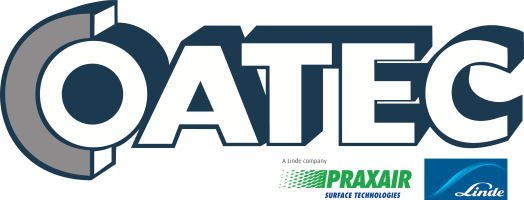Further Information
If you would like further information, we would be very pleased to contact you for a detailed consultation. Or you can contact us at
Linde AMT Schluechtern GmbH
Breitenbacher Straße 40
36381 Schlüchtern
Germany
Phone: +49(0) 6661 9678-0
Fax: +49(0) 6661 9678-90
lg.de.info.schluechtern@linde.com
Heat Treatment in Vacuum Furnaces
Many materials must undergo heat treatment in order to achieve the desired technological properties. Heat treatment in air can damage materials by reactions with atmospheric gases, or the appearance can be affected and expensive subsequent treatment is necessary. With heat treatment in an inert gas atmosphere or in technical vacuums (low pressures), these reactions will be restricted or eliminated.
Noble gases of high purity as an inert protective atmosphere still contain contaminations of other reactive gases. A high vacuum of 1x10-3 mbar is already 10 times purer as a 5.0 purity level technical gas. The heat treatment in vacuum provides the cleanest alternative in preventing surface reactions. However, a gas must be employed temporarily to accelerate the cooling-down process, but reactions of annealing batches treated in this manner will be reduced to a minimum.
After casting and during subsequent processing, modern high temperature materials require heat treatment to obtain optimum high temperature stability. Thermally sprayed corrosion protection coatings can comprise high residual stresses after spraying. Diffusion processes when annealing at high temperatures will relieve these residual stresses.
Diffusion bonding occurs between a substrate (e.g. component part ) and the coating material. The properties of the materials can be adjusted with such heat treatment and coat adhesion can be optimized. By employing heat treatment using high vacuums, the components practically do not have tarnished or oxidized surfaces and can be forwarded to the next process step in a clean condition.


